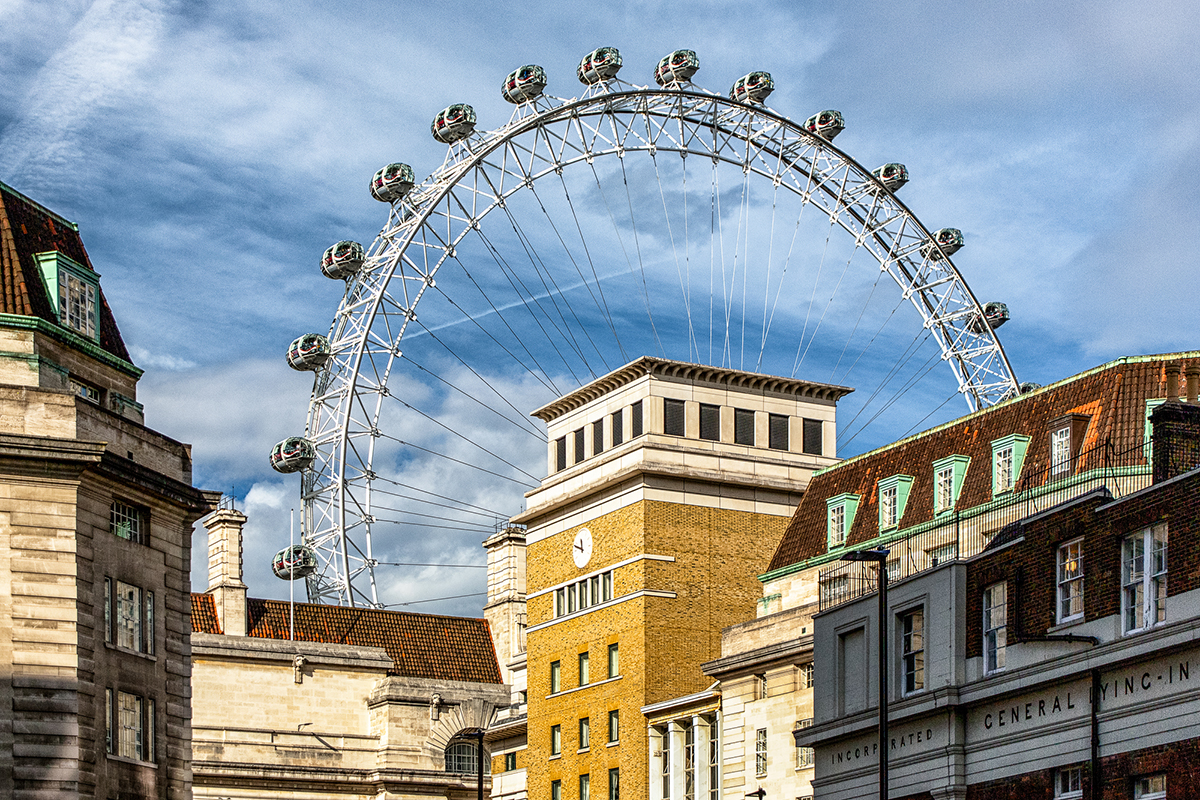How to: Take Photos From a Double-Decker Tour Bus
Rick Cutright hopped aboard one of London's most famous tourist attractions with his Tamron 28-300mm VC PZD lens.
More Photo Tips | Video Gallery | Photo Gallery | Enewsletter sign-up
By Jenn Gidman
Images By Rick Cutright
Rick Cutright travels frequently for work, estimating he's been to about 30 countries around the world. Because it's usually for business, though, he's rarely in a city for more than two or three days, meaning there's not a lot of free time for sightseeing. So when he had an extra weekend tacked on during a recent trip to London, Rick took the opportunity to squeeze in some touring.
"There's so much to see and do in London, but it's such a big city that it would have taken me a long time to walk around," he says. "So I decided to take a double-decker bus tour, just to get a general sense of everything around the city. And since I was taking this type of tour, I decided to do a little photography experiment. I thought it would be neat to create a series of photos taken strictly from the top level of the bus. I figured it would push me to get a bit more creative, kind of when you take a prime lens out and force yourself to shoot using just one focal length."
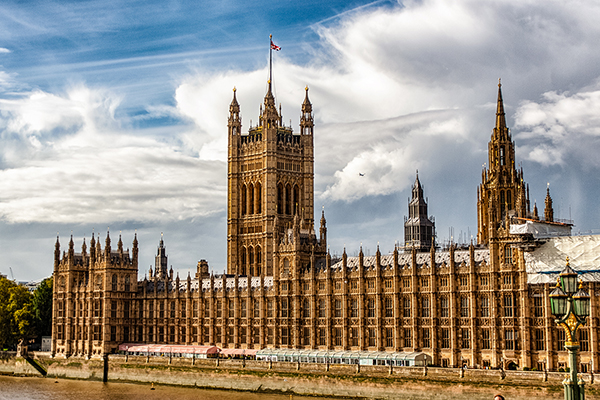
60mm, f/5.0, 1/1000 sec., ISO 250
Click image to view larger
Except in this case, it wouldn't be Rick's lens that would be fixed, but where he was shooting from: in his seat atop the double-decker bus. The lens he chose to take on his mini-adventure: the Tamron 28-300mm VC PZD high-performance zoom. "I couldn't imagine trying to swap out lenses while bouncing down the street in a bus," he says. "The 28-300 offered me the flexibility to zoom out for wider shots of some of the city's sights, then zoom in to capture details like architectural details on buildings and other landmarks. It worked perfectly for what I was trying to accomplish."
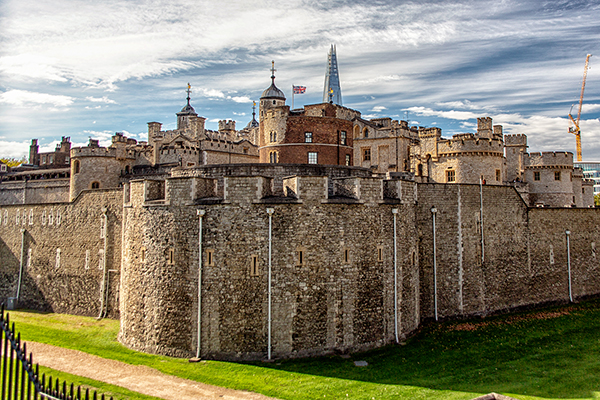
28mm, f/4.0, 1/1000 sec., ISO 400
Click image to view larger
Read on for Rick's tips on taking photos from open-air tour buses in whatever city you might be visiting.
Work with what you've got in your double-decker "studio."
Getting the vantage point you want on a moving bus can be tricky, but in this case, the weather in London wasn't great while I was there, so the buses weren't terribly crowded. That meant I usually had two seats to myself, giving me a little more room to work in, and in some cases I could even move around the bus to switch up my perspectives (safely, of course, when the bus was stopped).
In terms of managing the motion of the bus, I held my breath a lot, tried to stabilize myself against whatever seats or bars I could, and peeked ahead for bumps or other obstacles in the road so I could time my shots better. The Vibration Compensation (VC) feature on the 28-300 also was a big help in eliminating camera shake and helping to keep my images sharp.
Keep an eye out for unusual visuals.
A lot of what I shoot at home includes my daughters' dance recitals, so I went into this experiment with that mentality—that it was like a show, and I was just there to shoot whatever came across the stage in front of me. That's what happened when I was taking a photo of a weathered old building near the White City neighborhood. I was originally focused on the architectural details of the structure, but then I saw an airplane coming into my frame from the left. The bus was stopped, so I had enough time to wait until the plane appeared smack in the middle of the building's two spires, which is when I captured this photo. If you can find something that's not usually in the scene to juxtapose with the buildings in front of your camera, it can add a bit of visual interest.
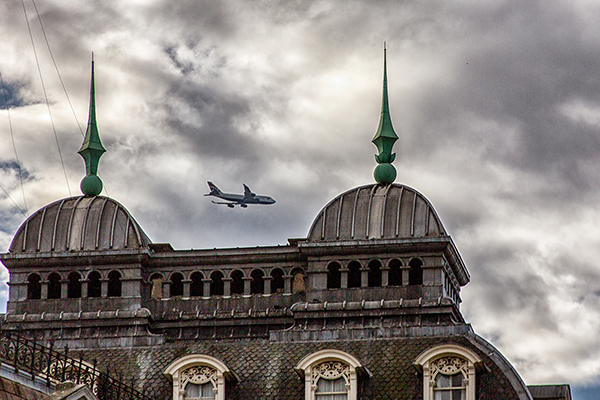
179mm, f/8, 1/1000 sec., ISO 200
Click image to view larger
Include eye-catching natural elements when possible.
Of course I wanted to capture pictures of iconic landmarks like the Palace of Westminster and the Tower of London, but while these structures are amazing-looking on their own, they've been photographed a million times. If you're lucky enough to have some clouds on the day you're shooting, incorporate dramatic skies wherever you can as your backdrop. It can make these centuries-old buildings look even more imposing.
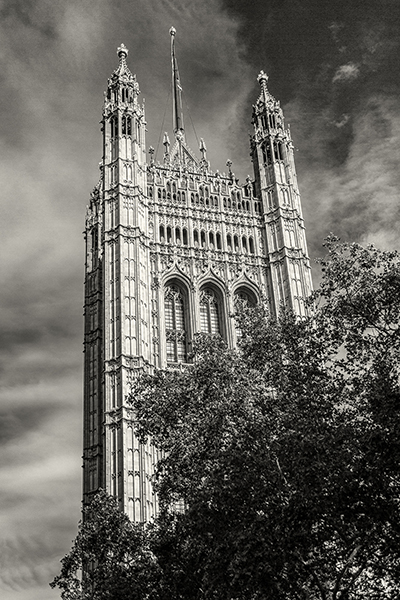
41mm, f/4.5, 1/1000 sec., ISO 200
Click image to view larger
And if your backdrop isn't particularly compelling? You can always drop out the color for a more classic look. The sky was kind of dreary behind one Palace of Westminster tower I was focusing on, so I converted it to a black-and-white photo. Because I was also able to compose the shot so that it looks like the tower is peeking out from behind that tree, showing it in black and white almost lends the photo a more mysterious look.
Swivel in your seat.
It can feel natural on a tour bus to just look to the left if you're seated on the left side of the bus, for example, but when you're on the top level of the bus, you virtually have a 360-degree view, so take advantage of that—especially if the bus isn't too crowded and you can move around a little. Although my tendency during my own ride was to look forward, I kept reminding myself to look backward or down side streets and alleys. That's where some of my more striking photos ended up emerging from, like this photo of the London Eye. I've captured this Ferris wheel several times on other visits, but never from this angle, which makes viewers feel like they're seeing a new side of it, rising up from behind those buildings.
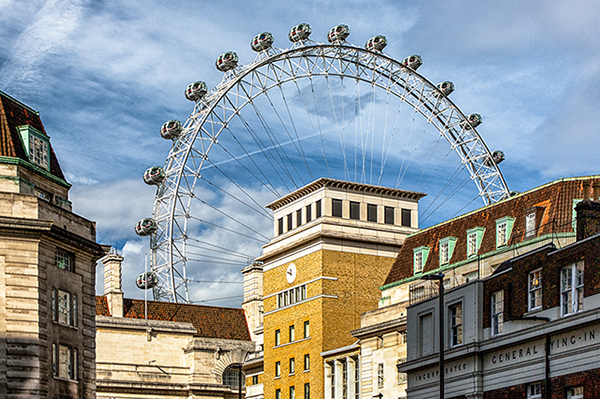
62mm, f/5.6, 1/1000 sec., ISO 200
Click image to view larger
Don't forget to switch your field of view.
When you're getting around a city on a double-decker bus, it affords you photographic opportunities you might not get if you were underground in the subway, or even on the street or sidewalk surrounded by people. You can't gaze skyward with your camera if you're riding the Tube, and if it's crowded, it can be hard to stop right in the middle of the street or sidewalk to do so. I don't think you could get the type of shot I show here of this colorfully windowed building, which I believe is a hotel, from anywhere else but the top of a double-decker bus. As you're riding, keep remembering to occasionally look up, or even down at the streets below to see if there's any action happening on the ground.
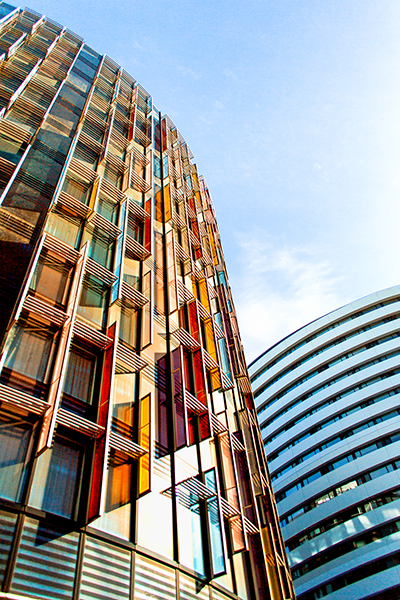
28mm, f/3.5, 1/1000 sec., ISO 250
Click image to view larger
Prepare to shoot fast.
When you're moving on a bus like this and it slows down or stops to give you time to capture some scenes, you still might only have time to capture one or two pictures. That means you'll have to quickly decide: Do I want to take a wider shot, like I did with my photo of Tower Bridge and the Thames, or maybe zoom in for the details on a building or other landmark, like I did with this statue near Trafalgar Square? Always be actively looking ahead as the bus is moving, so that when the bus finally pulls up near what you want to capture, you'll know what you want to do and be ready to go before the bus pulls away.
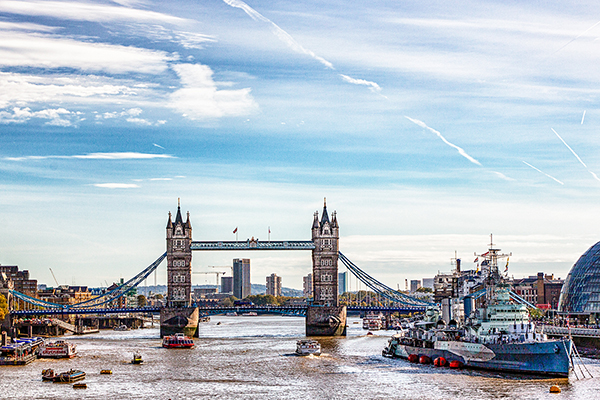
73mm, f/5.6, 1/1000 sec., ISO 200
Click image to view larger
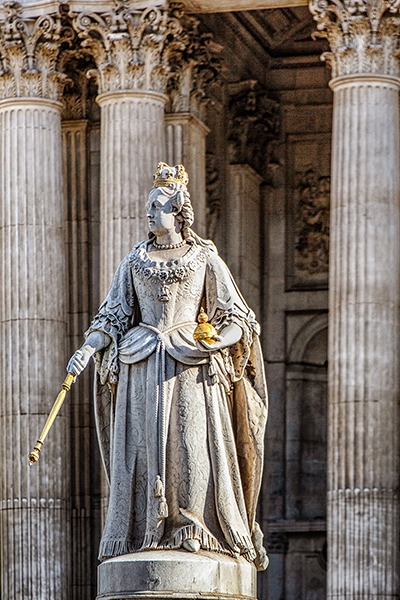
121mm, f/5.6, 1/1000 sec., ISO 800
More Photo Tips | Watch Videos | Learn More About Tamron Lenses | Photo Gallery
